What is Next-best Action In Marketing

Next-best Action (NBA) is a strategy that helps businesses identify the most effective marketing actions to take to drive customers closer to a desired conversion event. It is designed to optimize marketing efforts and improve the return on investment (ROI) of marketing campaigns.
What are the Most Popular Use Cases for NBA Models?
Next-best action models can be used by marketers in a number of ways to improve the effectiveness of their campaigns, increase productivity, and generate higher ROI:
- Optimize Marketing Campaigns. Target users more strategically to optimize towards a desired conversion goal, and improve KPIs like cost per acquisition (CPA), cost per click (CPC), and return on ad spend (ROAS).
- Reduce Waste of Marketing Resources. Identify ineffective marketing efforts over time, and gradually remove them from campaign planning, so your marketing teams can spend their time and budgets more efficiently.
- Improve Personalization, Customer Engagement and Customer Experience. Deliver the right message, to the right user, at the right time, on the right platform, to create a more coherent customer journey that resonates with each individual user based on their personal behavior and preferences.
- Effective A/B Testing. Use NBA models to simulate various A/B testing scenarios and compare performance of different strategies before launching marketing campaigns. Let the model do the learning before you commit your entire budget in the real world.
- Stay Competitive. NBA models help businesses quickly identify and respond to changes in consumer behavior, market trends, and other factors that can impact their marketing efforts. By continuously adapting to the dynamically changing marketing environment and user preferences in real time, businesses can stay ahead of their competitors and maintain a strong presence in the market.
What are the Most Popular Machine Learning (ML) Models for Next-best Action?
One of the most effective ML models for next-best action is called Reinforcement Learning (RL). Reinforcement Learning is a type of machine learning that involves training a model to recommend actions that are intended to maximize an expected reward. Each time an action is taken, the model receives either positive or negative feedback, and updates its decision-making process towards maximizing the total expected value gained from each action.
RL models are one of the ML algorithms that are best suited for finding the optimal winning strategies of turn-based games like chess, board games, and Go. In fact, AlphaGo, which is an RL-based algorithm, is the first computer program to defeat a professional human Go player, the first to defeat a Go world champion, and is arguably the strongest Go player in history.
To make decisions that will drive the best outcomes, an RL model uses something called the Markov Decision Process (MDP). This process identifies and optimizes outcomes using the following parameters: Environment, Agent, State, Action, and Reward.
How Does the RL Framework Relate to Marketing?
In order to process marketing data in a Markov Decision Process (MDP), we need to consider several factors, such as environment, agents, states, rewards, terminals, and actions.
For example, say an e-commerce marketer wants to optimize a digital marketing campaign to maximize marketing ROI. The marketer wants to do this by showing customers ads that will maximize their chance of making a purchase online.
Here’s how that would be defined using the MDP framework (Figure 1):
- Environment: Digital advertising platforms where a set of marketing actions can be taken (websites, email platforms, social media platforms etc.)
- Agent: The customer that is engaging with the brand through the various digital channels, and where they are receiving personalized marketing messages.
- States: This could be defined as what stage of the customer journey a given user is in, or which product page they visited last.
- Terminal State: This is the end state of the customer journey. This is usually a conversion or a failed conversion/churn, depending if negative outcomes are considered for the given use case.
- Action: These are the actions marketers can take in order to maximize chance of conversion, like finding the best channel to send a personal offer to, deploying the best ad, or delivering the best message on a specific channel.
- Reward: This is the feedback we receive based on the outcome of each action taken and the user response. In our e-commerce example, this would be the value of the conversion event.
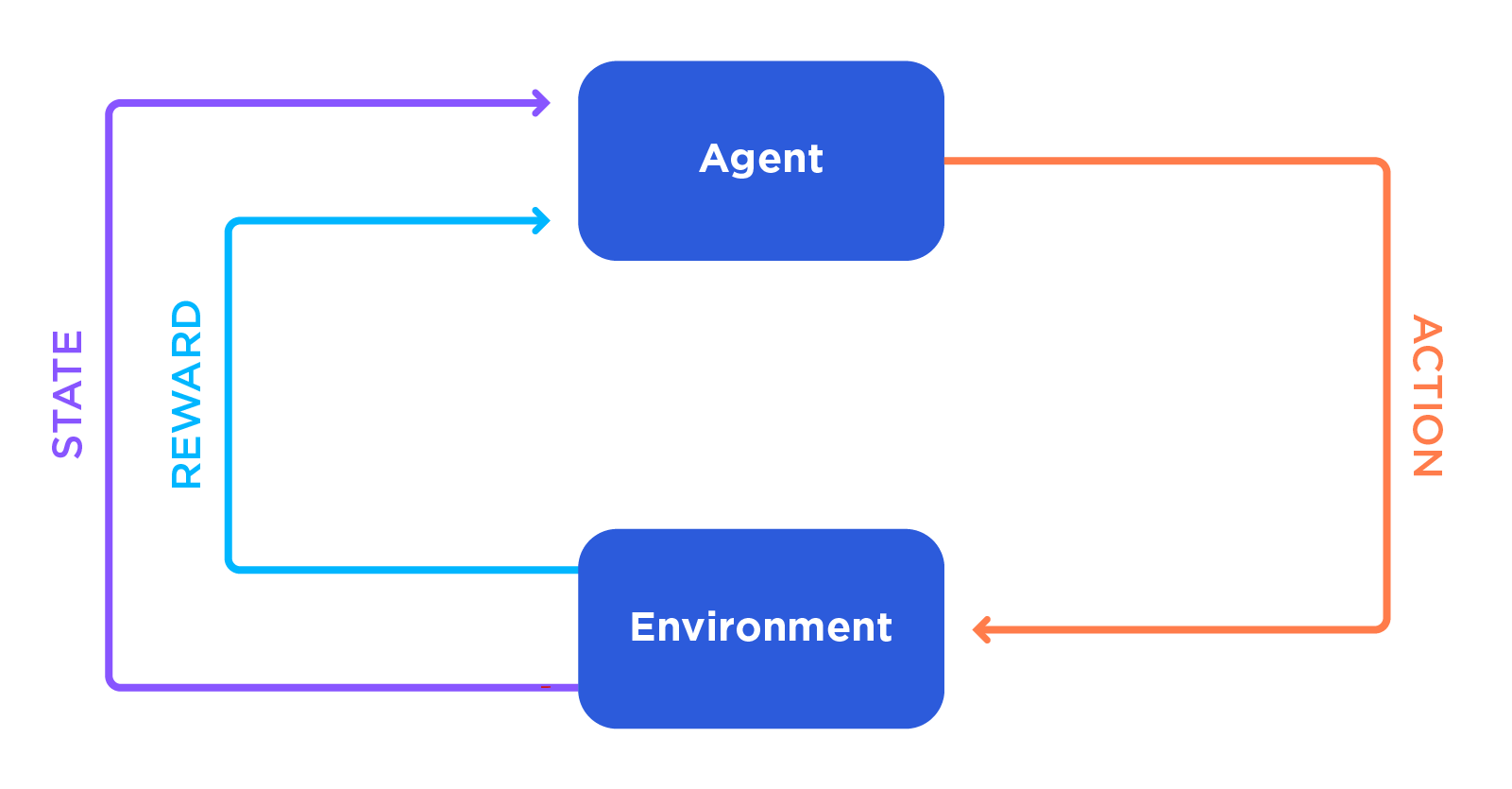
Figure 1. The MDP Framework.
Example Customer Journey for Next-best Action
How do you measure the performance of an NBA model in the real world?
The most popular approach to measuring NBA performance is to construct a framework for A/B testing. This allows you to compare marketing KPIs resulting from NBA recommendations vs. the marketing campaigns that were originally deployed prior to the NBA model.
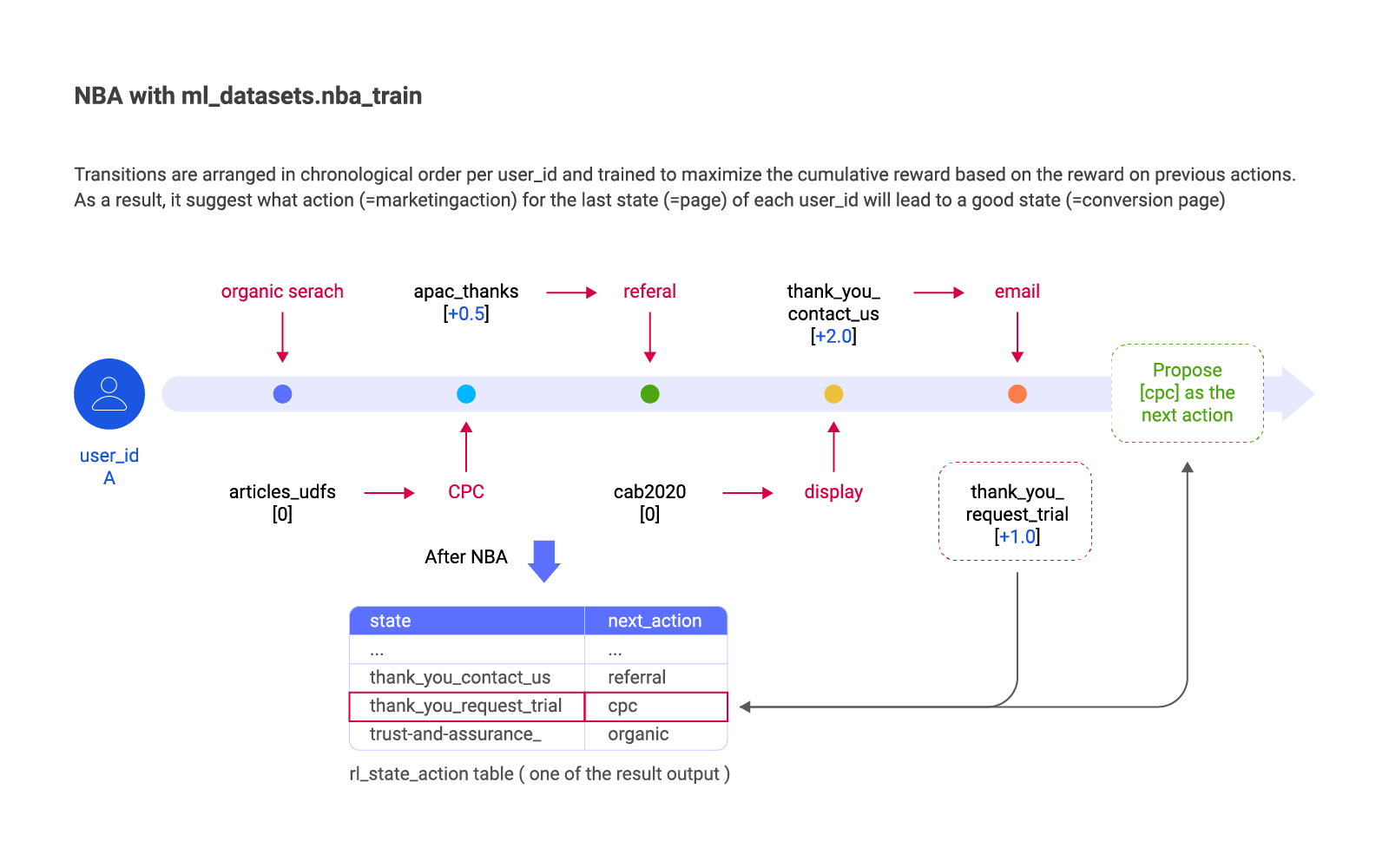
Figure 2. Measuring NBA performance
Here’s a simple way to set up an A/B test:
- Train the model on historic user behavior data to learn from current marketing tactics
- Return a list of NBA recommended marketing actions for each user
- Define a Control and Test group of users
- Continue executing standard marketing tactics on the Control Group
- Use NBA model recommendations for the Test group
- Build a dashboard that tracks the performance of campaigns over time
- Adjust marketing strategy accordingly to optimize marketing campaign ROI
Below (Figure 3) is an example dashboard that we built with Treasure Data, so our customers can track the value that our NBA model generates for them, and compare it to previous marketing efforts.
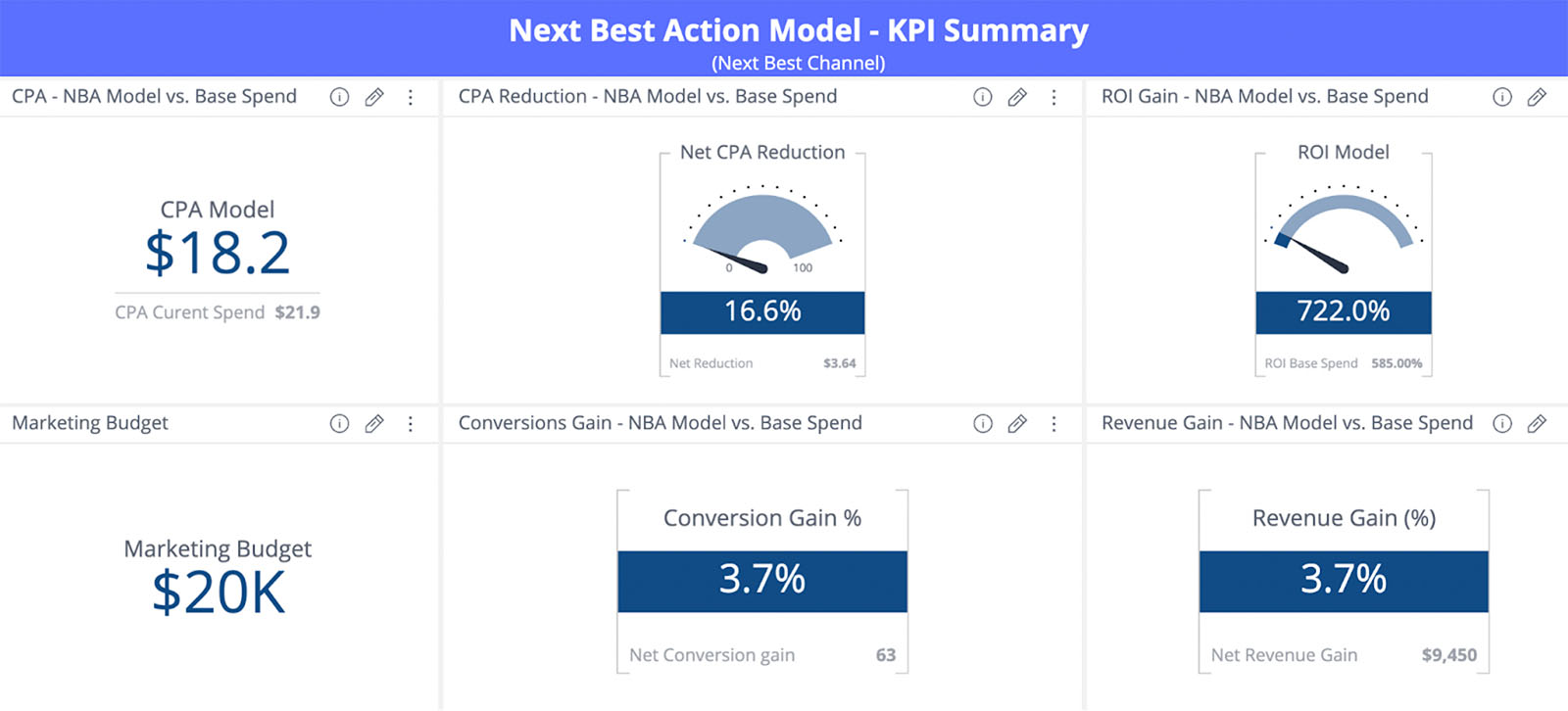
Figure 3. Example NBA dashboard.
The metrics below (Figure 4) are a result of a Treasure Data internal A/B testing we performed for our NBA model using 90 days of historic web activity data for training, and 30 days of forward testing data. We applied a fixed simulated budget of $20,000 for the test.
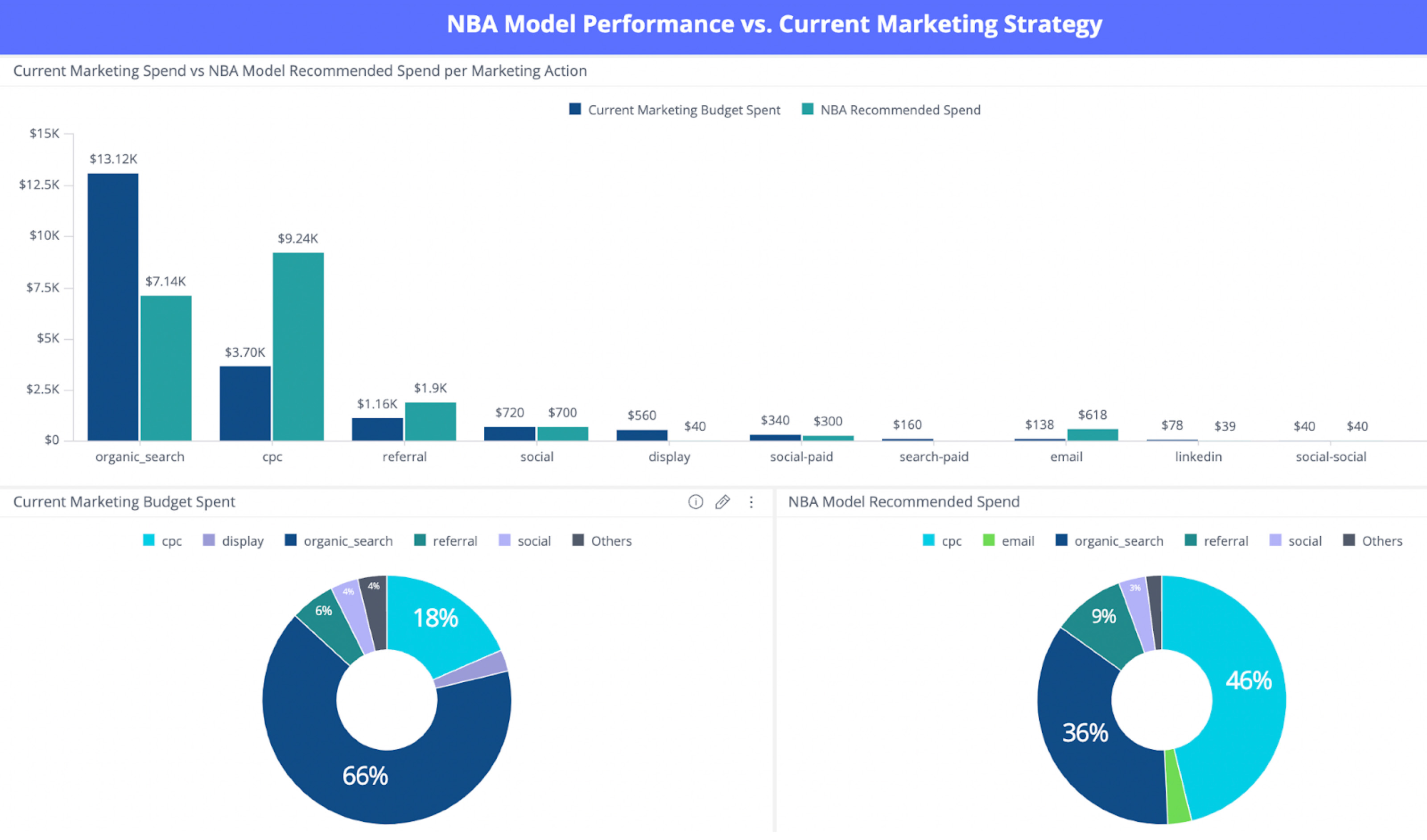
Figure 4. Internal A/B testing.
Below (Figure 5) is an example from our Audience Studio, where marketers can define Audiences and activate marketing campaigns via our user-friendly UI. This example segment combines two ML model outputs: Next-best Product (from our recommendation engine model) and Next-best Channel (from our NBA RL model). In this example, we created an Audience of all customers where the top recommended product is a bike helmet, and the next-best channel is Social.
This segment will then be scheduled for an activation to various social advertising channels, so that whenever any of these users browse those social platforms, they will see an ad for a bike helmet.
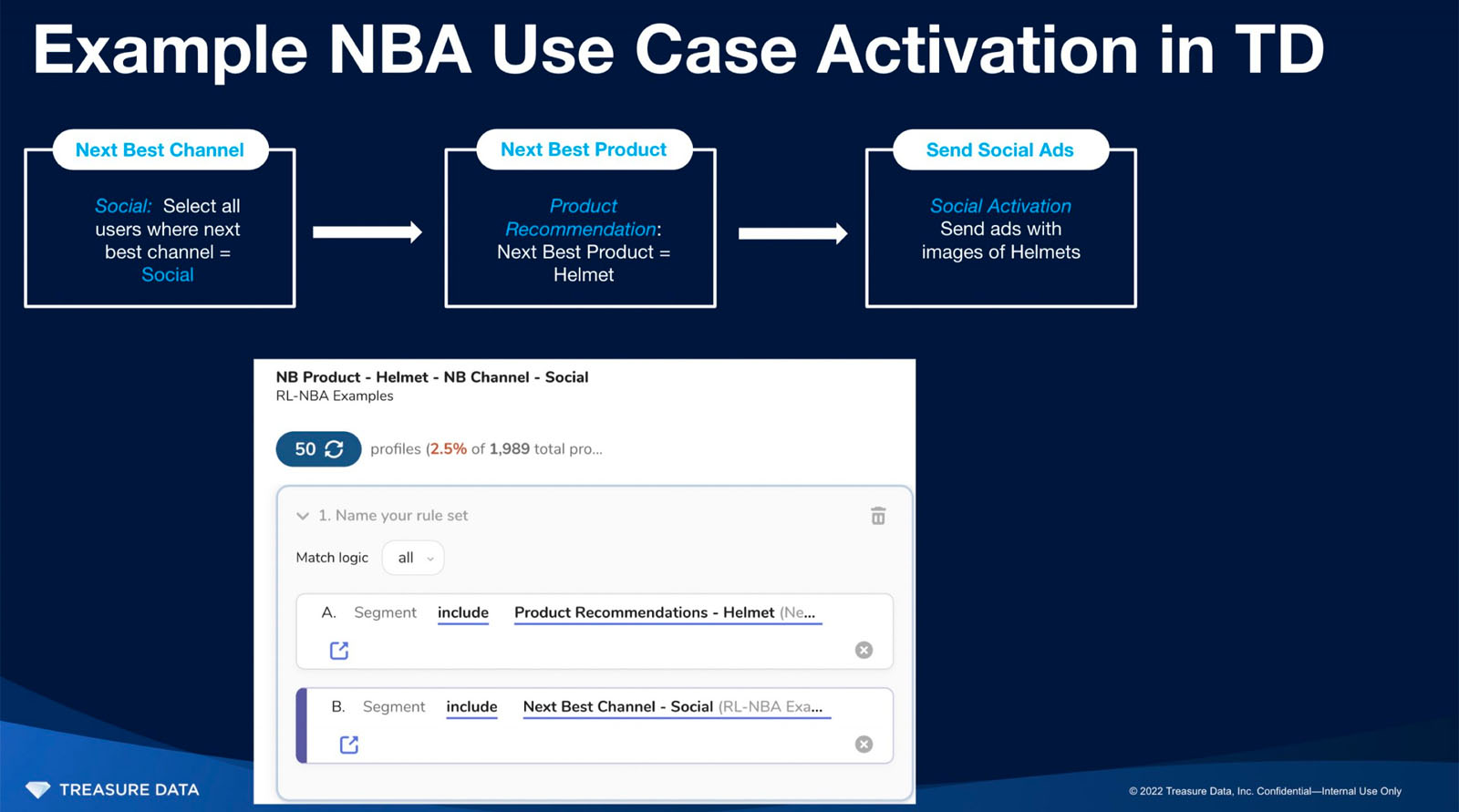
Figure 5. Example segment from Audience Studio, combining two ML model outputs.
Using Next-best Action in Marketing
Reinforcement Learning is a powerful tool for identifying the Next-best Action in marketing. By using real-time data to continually evaluate and optimize campaigns, businesses can ensure that they are making the most impactful decisions possible.
RL also allows for the testing of different marketing strategies and the ability to quickly pivot in response to changes in consumer behavior.
As the field of machine learning continues to advance, businesses that implement reinforcement learning techniques will have a significant competitive advantage. Treasure Data’s ML team is continuously optimizing and improving our Next-best Action and Next-best Product solutions to help our customers make data-driven decisions and constantly improve their marketing strategies, so they can stay ahead of the curve and drive long-term efficiency and revenue growth with Customer Data Cloud.
To learn more about machine learning and AI–and ensure the success of your AI program–download our white paper, “Managing Data for AI: Role of the CDP.”
